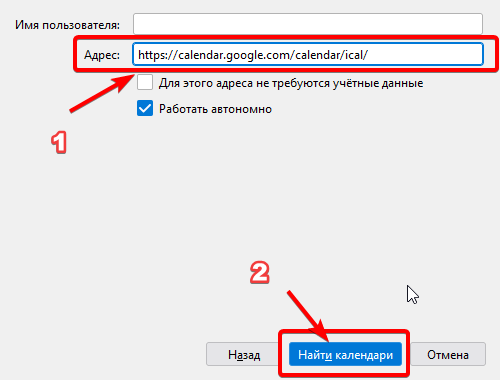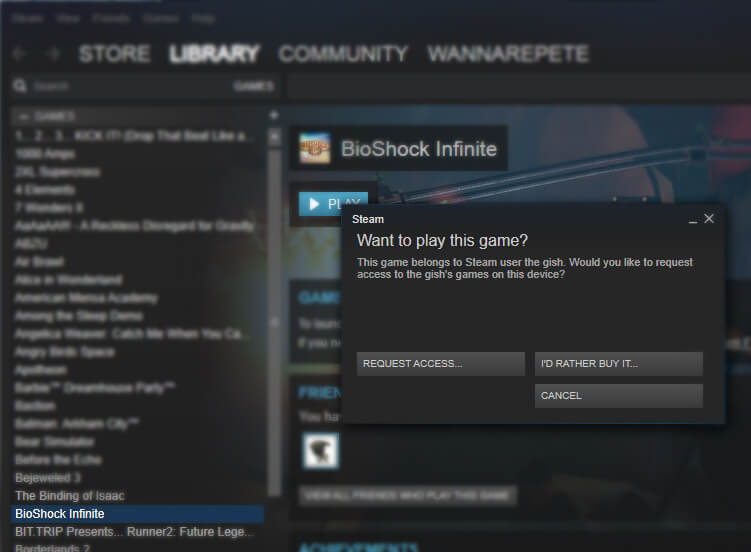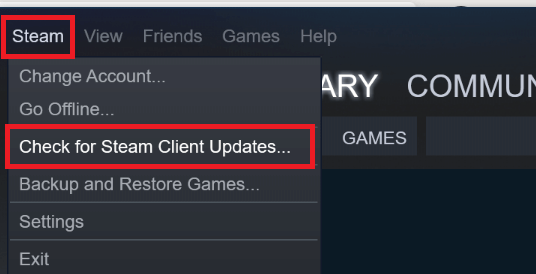Cправка — Google Chrome
Войти
Справка Google
- Справочный центр
- Сообщество
- Google Chrome
- Политика конфиденциальности
- Условия предоставления услуг
- Отправить отзыв
Тема отзыва
Информация в текущем разделе Справочного центра
Общие впечатления о Справочном центре Google
- Справочный центр
- Сообщество
Google Chrome
Download Article
What this error message means, and how to avoid seeing it
Download Article
- What it Means
- Max Number Allowed
- Why There’s a Limit
- Is it a Bug?
- How to Avoid It
- Do This If You See It
|
|
|
|
|
Are you seeing the error message «Rate Limit Exceeded» on a third-party X (formerly Twitter) app? This message occurs when a third-party app that uses the X API reaches the maximum number of API calls that are allowed on your account in one hour. X has also put in place new limits on the number of tweets, DMs, and accounts a regular user can follow in one day. There have been reports of some X users seeing this error message as a bug. This wikiHow article teaches you what the «Rate Limited Exceeded» error message on X means and how to avoid it.
Things You Should Know
- Apps using the X API will see «Rate Limit Exceeded» when they exceed the maximum number of API calls.
- You may also see this message if you exceed 500 DMs, 2400 tweets, or 400 accounts followed in one day.
- In some cases, you may be seeing this error as a bug or glitch.
-
1
This message usually occurs when a third-party app exceeds the maximum number of API calls in an hour. The X API (application programming interface) is what third-party apps use to request and send information to X servers. X places a maximum number of API calls an account can make using a third-party app per hour. This only applies to third-party apps. It does not apply to the official X website or the X platform app.[1]
- Any time a third-party requests data from the X platform servers, it counts as an API call. Checking DMs or replies counts as an API call. Requesting data from X counts as an API call. However, sending data to X (posting, direct messaging, favoriting, or following/unfollowing) does not count as an API call.
- A third-party app is any app that requires you to log in to X that is not the X platform itself. Third-party apps can be any application that manages and schedules tweets, like X Pro, formerly called TweetDeck. As of 2011, X Pro is no longer technically a third party app, but still maintains the same usage and purposes. Other social media websites have a crossposting feature to post on multiple platforms. It can also be a desktop or web application or a widget on your phone. It can also be an internal application that developers create to study and analyze data on X.
- While you won’t be able to use the third-party app when your rate limit is exceeded, you’ll still be able to use the X website or mobile app.
-
2
You may also see Rate Limited Exceeded if you’ve been too active on X. X has limits to keep the service reliable and reduce downtime. If you exceed one of X’s limits, you will generally receive an error message that specifically says what limit you have exceeded:[2]
- Max number of tweets per day: 2400
- Max number of DMs per day: 500
- Max number of accounts you can follow per day: 400
- Max number of accounts you can follow in total: 5000
- Max number of changes to your account you can make per hour: 4
Advertisement
-
Third-party apps can make up to 100 API calls per hour. However, different actions can count as more than one API call. For example, refreshing your page takes three API calls because it will request all Tweets, replies, and DMs. There are some exceptions to the 100 API call limit. The following are just a few examples: [3]
- Requesting information about why users create, delete, or update X lists allows 300 requests per 15-minute interval.
- Requesting information on who users follow and like allows 900 requests per 15-minute interval.
- Requesting information about who liked a tweet and/or what tweets they liked, allows for 75 requests per 15-minute interval.
-
There are a few reasons X places a limit on the number of API calls. The following are some of the reasons X has this policy:
- Keep the servers running. X gets tons of API calls at any given moment. Limiting the number of API calls a user helps ensure that the servers don’t get overloaded and can keep up with demand.
- Prevent spam and hacking. Limiting the number of API call requests also prevents users from sending out spam in the form of mass tweets. It also prevents distributed denial of service (DDoS) attacks from hackers.
Advertisement
-
It is entirely possible. X support has reported in the past that users have been seeing this error message when they weren’t supposed to. It can occur while using the official X app, website, third-party app, or API requests. However, X is usually aware of the problem and works very hard to fix it quickly when it occurs.[4]
-
1
Reduce your percent usage to 60 — 70. You can do so in the settings of the app you are using. This will mean that you get fewer updates, but you will use fewer of your allowed API calls per hour.
-
2
Remove search terms that get fewer results. If you are tracking account engagement, try using fewer words in your search terms. Remove the words that get fewer results.
-
3
Save your results. If you are going to be using your search results for a long period of time, save them. This will prevent you from making identical requests. Many apps allow you to save your results.
Advertisement
-
1
Wait until your time expires. X allows you to make 100 API calls per hour. Oftentimes, you can regain your account by just waiting a few minutes. If you receive this message while Tweeting, sending DMs, or following users, you will need to wait 24 hours before you can continue. If you are making changes to your account, you will need to wait an hour before you can make more account changes.
-
2
Unfollow some accounts. If you are currently following 5000 accounts or more, you will need to unfollow some accounts before you can follow some more.
-
3
Use the official X app or website. If you can do your work using the official X platform, go ahead and do so. This may not be possible in all cases, but the X API call limit only applies to third-party apps.
-
4
Change your password. There have been some reports that users were able to reset the API call limit by resetting their password. You should only do this if you are in a bind. It may be easier to just wait to regain your account rather than having to learn and memorize a new password. However, you can make that a little easier by using a password manager.
Advertisement
Ask a Question
200 characters left
Include your email address to get a message when this question is answered.
Submit
Advertisement
References
About This Article
Thanks to all authors for creating a page that has been read 121,654 times.
Is this article up to date?
wikiHow Tech Help Pro:
Level up your tech skills and stay ahead of the curve
Let’s go!
Do you have more questions about this article? Ask and get answers right away.
Ask Question
—
—
В этой статье вы узнаете как убрать ошибку rate_limit_exceeded, которая появляется в почтовом клиенте Thunderbird.
Приятного чтения!
Заказывайте у нас разработку сайтов, настройку и сопровождение контекстной рекламы, поисковое продвижение и добавление организаций на карты.

Исходные данные:
- Thunderbird 91.8.0 (64-битный)
Описание проблемы
При синхронизации почты в Thunderbird гугл аккаунты требуют ввести логин и пароль от аккаунта gmail. После вода данных выскакивает ошибка:
Authorization Error
Error 403: rate_limit_exceeded
This app has reached its sign-in rate limit for now.
Google limits how quickly an app can get new users. You can try signing in again later or ask the developer (provider-for-google-calendar@googlegroups.com) to increase this app’s sign-in rate limit.
If you are the developer for this app, you can request a sign-in rate limit increase.
При просмотре подробностей:
login_hint: xxxxxxx.yyyyyyyyyy@gmail.com
hl: de
response_type: code
redirect_uri: urn:ietf:wg:oauth:2.0:oob:auto
client_id: .apps.googleusercontent.com
access_type: offline
scope: https://www.googleapis.com/auth/calendar https://www.googleapis.com/auth/tasks
Смысл проблемы
Суть проблемы в календарях аккаунтов gmail. Запросы с почтовой программы для синхронизации календарей аккаунтов вызывают превышение лимита.
Решение проблемы
- Заходим в гугл аккаунт с которого почтовый клиент Thunderbird собирает почту. Для этого переходим на google.by (.com, .ru). Входим в наш аккаунт. Нажимаем на на 9 серых точек в правом верхнем углу (приложения Гугл) и выбираем там Календари (Calendars):
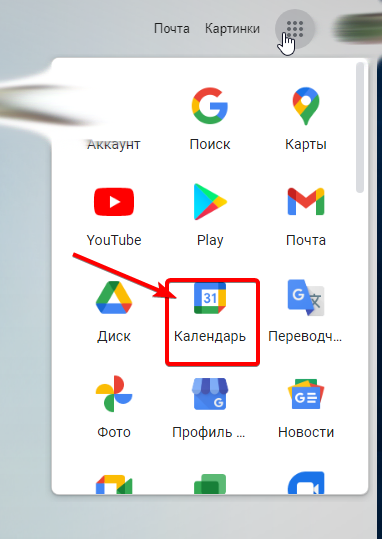
2. Слева внизу в закладке «Мои календари» (My calendars) выбрать календарь с название как логин аккаунта и нажать на три серых точки:
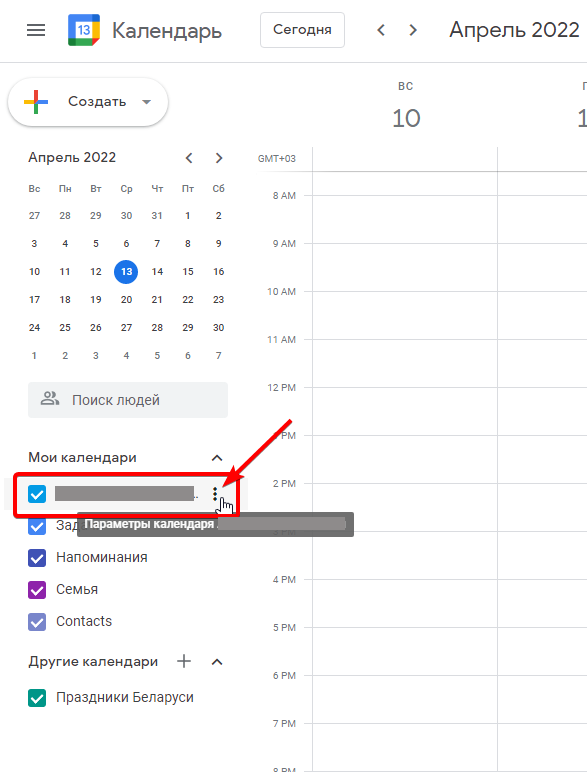
3. В появившемся меню выбираем «Настройки и общий доступ» (Settings and sharing):
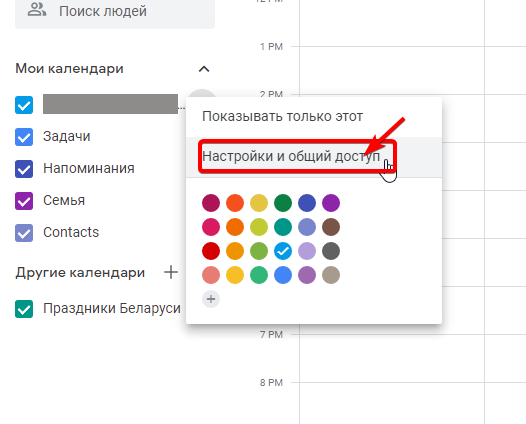
4. На странице настроек спускаемся в самый низ и ищем пункт настроек «Закрытый адрес в формате iCal» (Secret address in iCal format). Он изначально будет скрыт. Нажимаете на иконку «Копировать» (Copy)

5. Далее открываете Thunderbird и в правом верхнем углу нажимаете на три полосы и далее «Создать»:
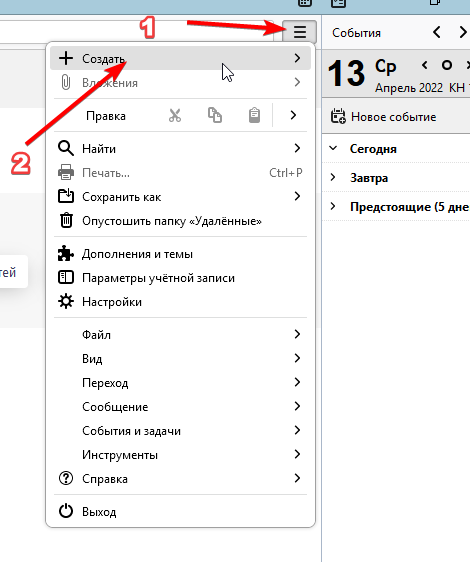
6. Выбираем «Календарь…»
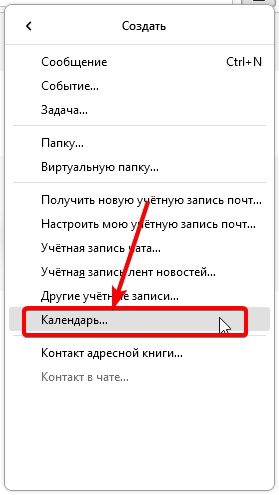
7. Выбираем «В сети»
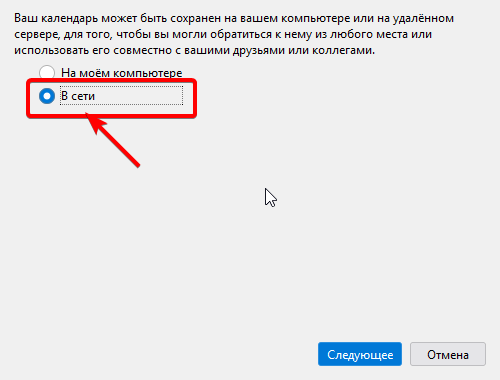
8. Вставляем в поле «Адрес» адрес который мы скопировали в пункте 4 этой инструкции и нажимаем «Найти календарь»
9. Выбираем наш календарь и нажимаем «Подписаться».
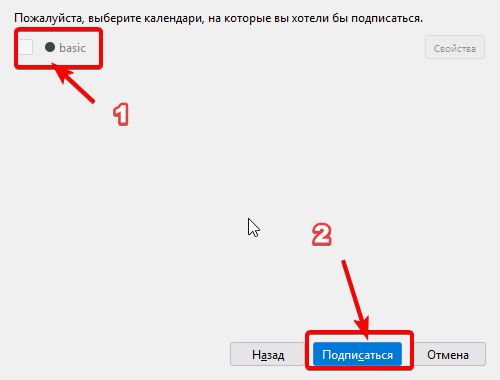
10. Возвращаемся в календари аккаунта гугл, и проделываем пункты со 2-го по 9-й для календаря «Праздники Беларуси»
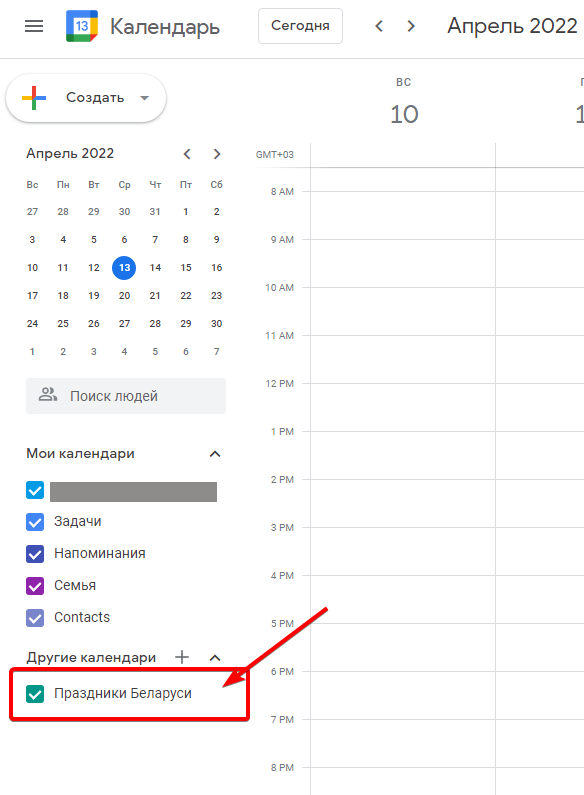
11. Ошибка получения почты исправлена.
Похожие
An API serves as a communication channel between different software systems, enabling them to interact and share data. APIs are the backbone of modern applications, acting as connectors that stitch various components together, enhancing functionality and interoperability.
APIs are crucial in today’s interconnected digital ecosystem, playing a key role in creating seamless user experiences. They enable functionalities like sharing a news article on your social media account, tracking a package from an online store in real-time, or using your Google account to log into different services. In short, they make applications smarter and more integrated.
However, the exchange of data through APIs is not unlimited and unchecked. To protect the server from getting overwhelmed with requests and to maintain the quality of the service, a concept called rate limiting is applied. Rate limiting is a technique that restricts the number of requests a client can make to an API within a certain timeframe. This helps to control the traffic, preventing abuse and ensuring equitable distribution of resources.
Understanding ‘API rate limit exceeded’ Error
When you see the message ‘API rate limit exceeded’, it means that the client has sent more requests than allowed by the API within the specific timeframe. The purpose of setting an API rate limit is mainly to protect the server from abuse or overload. By limiting the number of requests, the API ensures stability, reliability, and availability of service to all users.
Common reasons for exceeding an API rate limit include a sudden spike in requests due to increased user activity, a coding error that results in a loop of incessant requests, or misuse of the service for data scraping or denial of service attacks.
It’s important to understand that API rate limits are not set arbitrarily but are carefully calculated considering server capacity, user experience, and fairness. For example, Google API rate limits depend on the type of API and the type of user (free or paid).
Types of Rate Limiting
There are different types of rate limiting strategies employed by various APIs:
- Global rate limiting: This strategy applies the same limit for all requests coming to the API, irrespective of the user or IP. It is the simplest form of rate limiting but may not be the most efficient.
- Per-IP rate limiting: This type limits the number of requests based on the IP address of the client making the requests. It helps to isolate and manage problematic clients.
- Per-user (or per-token) rate limiting: This type is more personalized, with the limit applied to each user or token. It allows for a fair distribution of resources and controls abuse.
Consider an API with a global rate limit of 1000 requests per hour, a per-IP limit of 500 requests per hour, and a per-user limit of 100 requests per hour. In such a case, a user from a particular IP can’t make more than 100 requests, even though the IP can make up to 500 requests if used by different users. Also, the aggregate requests from all IPs and users can’t exceed 1000 in an hour.
Common APIs and Their Rate Limits
- Twitter API: Twitter’s API has varying rate limits depending on the type of operation. For example, as of my knowledge cutoff in 2021, User Timeline requests are limited to 900 per 15-minute window for app context and 180 for user context.
- Instagram API: Instagram Graph API’s rate limit for app access tokens is 200 requests per hour per user in sandbox mode and for user access tokens, it varies based on the number of Instagram followers the user has.
- Google API: Google’s APIs have a wide range of rate limits. For instance, the Google Search Console API allows up to 200 queries per day, whereas Google Maps API provides 2,500 free requests per day and then charges for extra requests.
- Facebook API: Facebook’s Graph API implements rate limiting based on the concept of Graph API calls and the percentage of CPU time used. These values differ for each app and user pair, and developers can check their limit status via API’s response headers.
The rate limits of these APIs ensure that resources are distributed fairly among users while protecting the servers from potential abuse or overload.
Managing API Rate Limits
Avoiding exceeding API rate limits requires understanding and implementing certain strategies.
- Techniques for staying within API rate limits: Begin by understanding the API’s rate limit by reading the API’s documentation. Design your requests efficiently, focusing on requesting only the data you need.
- Using API keys: APIs often use keys to identify the client making the request. Using these keys appropriately is crucial as they often tie to your usage limits.
- Spreading requests over time: Avoid bombarding the API with numerous requests in a short span. Instead, spread out your requests. If the API’s limit is 1000 requests per hour, pace your requests to avoid hitting this limit too quickly.
- Implementing exponential backoff: This strategy involves progressively lengthening the wait time between retries when a limit is reached. For instance, after the first failure, you might wait 1 second to retry, after the second failure 2 seconds, then 4 seconds, and so forth. This approach provides a balance between giving the API time to recover and getting your requests processed.
Remember, each API might have different rate-limiting rules, so adapt your approach accordingly.
How to Handle ‘API rate limit exceeded’ Error
Despite best efforts, you might still encounter the ‘API rate limit exceeded’ error. However, with the right approach, you can manage this error effectively.
- Understanding the API’s rate limit headers: When an API returns a response, it includes headers that provide information about the rate limit. These headers tell you the limit, the number of requests you’ve already made, and when the limit will reset. Understanding these headers can guide your next steps.
- Strategies for recovering from a rate limit error: If you hit a rate limit, your immediate step should be to halt further requests until the rate limit resets. You might also implement a queueing system to manage requests, ensuring they are dispatched when the limit resets.
For example, Twitter’s API responds with a ‘429 Too Many Requests’ HTTP status when the rate limit is exceeded. In addition to stopping requests, you could also leverage Twitter’s rate limit headers like ‘x-rate-limit-reset’ that tell you when the limit will reset.
Twitter Rate Limit Exceeded Error – Explained
Twitter rate limit exceeded error is a common issue when interacting with the Twitter API. This error occurs when the number of requests made to the API surpasses Twitter’s defined rate limits. Understanding these limits and how to manage them effectively is crucial to avoid disruptions in your app’s functionality.
Causes of the Error
The ‘Rate Limit Exceeded’ error can occur due to the following reasons:
- High Volume of Requests: If your application sends too many requests within a short span of time, it can exceed the allotted limit, leading to this error.
- Concurrent Requests: If multiple users are using your app simultaneously, the combined number of requests could surpass the rate limit.
Twitter’s Rate Limits
Twitter implements rate limits to ensure equitable access and protect the health of its service. Here are the rate limits you should be aware of:
- Standard API: For standard API endpoints, the limit is typically around 15 requests per 15-minute window per authenticated user, or up to 300 requests per 15-minute window per app, depending on the endpoint.
- Premium and Enterprise APIs: These APIs have different, generally higher, rate limits and are based on the specific tier of access.
Overcoming the Error
If you encounter the ‘Rate Limit Exceeded’ error, there are several strategies you can employ:
- Efficient Request Management: Make API requests judiciously. Implement checks to ensure your application stays within the rate limits and pause requests if nearing the limit.
- Caching: Store data locally where feasible, reducing the need for repeat API calls.
- User Access Tokens: Use user access tokens where possible, which have higher rate limits compared to app-level tokens.
- Upgrade Your API Access: If your app requires a higher volume of requests than the standard API allows, consider upgrading to Twitter’s premium or enterprise APIs.
Understanding Twitter’s rate limits and the ‘Rate Limit Exceeded’ error is crucial for building and maintaining effective Twitter-based applications. With a well-designed request strategy and careful monitoring, you can ensure a smooth and uninterrupted service for your users.
Frequently Asked Questions (FAQ)
What is an API rate limit?
An API rate limit is the maximum number of API calls an API allows a client to make in a certain period.
Why am I seeing ‘API rate limit exceeded’ error?
This error occurs when a client sends more requests than allowed by the API within the defined timeframe.
How can I prevent exceeding an API rate limit?
Understanding the API’s rate limit, using API keys appropriately, spreading out your requests over time, and implementing an exponential backoff strategy can help prevent this error.
by Tashreef Shareef
Tashreef Shareef is a software developer turned tech writer. He discovered his interest in technology after reading a tech magazine accidentally. Now he writes about everything tech from… read more
Updated on
Steam allows the users to share their library with their friend allows you to share the games and more. However, at times you may experience Failed to update borrower error.
The full error reads Failed to update borrower (rate limit exceeded). The error can occur either on your front or your friend end while he is sharing the game with you. If you are facing similar error, here is how to troubleshoot this steam related error in your Windows 10 device.
Steam won’t update borrower? Learn how to fix it below
- Check if you have Reached the Sharing Limit
- Re-Authorize a Shared Library
- Check for Steam Updates
- Contact Support and Wait
1. Check if you have Reached the Sharing Limit
A Steam account may authorize Family Library Sharing on up to 5 accounts only. So, if you have already authorized 5 accounts to borrow the games, this error is obvious.
To fix this you need to revoke access from one of the friends or family members who is not using the access. Here is how to do it.
- Launch the Steam Client on your PC.
- Click on Steam and select Settings.
- Under Settings, click on the Family.
- Under the Family Tab, click on Manage other computers.
- You will be asked to enter the 4 digit security code. Enter the code click OK.
- In the next window, you will see all the account that you have authorized to gain access.
- Select the friend or family member account you want to revoke access and click on the Revoke button.
That’s it. The access is now revoked. However, you may have to wait for 90 days to end the cooling period before adding another family member and giving them Steam Library access.
2. Re-Authorize a Shared Library
If you haven’t reached your sharing limit or if you were not trying to add a new user, try to re-authorize a shared library. It is always a good idea to ensure that Family Sharing is working correctly. Here is how to do it.
- Launch Steam and sing in with your Steam account.
- Click on Steam and select Settings.
- Click on Family and click on Manager other computers.
- You need to enter your security code again.
- From “Manage Family Library Sharing” deauthorize the device is giving you issues.
- Now, ask your friend (the borrower) to attempt the launch one of the games in the shared library. This should send a new request to the owner.
- An Authorization email will be sent to the game owner.
- Open your email account associated with the Steam account and click on the link in the email from Steam to authorize that computer and grant access to the library.
- Also Read: Happy broadcasting with these 4 live streaming software for Twitch
3. Check for Steam Updates
If it is a known bug, Valve might have released an update for Steam. If your Steam client did not update automatically, you may have to update your Steam client manually. Here is how to do it.
- Launch Steam.
- Click on Steam from the top menu and select Check for Steam Client Updates option.
- Steam will check for any pending update and start downloading it. Wait for the installation to complete.
- Once done, try to add your friend using Family Library Sharing menu and check for any improvements.
- Also Read: 9 game recording software for Windows 10 that don’t lag
4. Contact Support and Wait
Steam is not known for its great support when it comes to Family Library Sharing feature. There is no way to know if you have reached you sharing limit and how many days are remaining in the cooling down period to end.
What you can do is contact the Steam support and raise a ticket with your concern. If no response or adequate response is provided you may have to wait for several weeks before you can add another account for Family Library Sharing in Steam.
RELATED STORIES YOU MAY LIKE:
- 70% of Steam users rely on Windows 10 for their daily gaming sessions
- Steam running slow? Here’s how to make it lightning fast
- Top 6 VoIP software for gaming you should use in 2019













